In his celebrated TV-series Gomorrah (based on the bestseller of the same name by author Roberto Saviano) Italian director Stefano Sollima depicted the mafia ridden neighbourhoods of Naples in its rawest form – without myth, without any gloomy underworld charm or even the slightest hint of supposed gangster morality. The message Sollima wanted to get across was clear: there are no role models, no heroes. No one is happy here.
Now Sollima has taken on another real-life story without redemption. The new Netflix true crime series The Monster of Florence revisits one of Italy’s most haunting and unsolved crimes. "Il Mostro", as the serial killer was named in Italy, is credited with at least eight double killings in the area of Florence between 1968 and 1985. Each time, the victims were couples, shot at point-blank range in secluded areas, with the women often mutilated after death.
However, the murders and investigations are only side notes in the series. Sollima and his co-author Leonardo Fasoli are far more interested in the suspects and their relationships, which makes the four-parter a tough watch at times. "The series is an exaggeration about this world," says the director. "It gave us an opportunity to talk about a dark part of Italian culture that to some extent is still relevant today" (pictured below, the killer strikes again).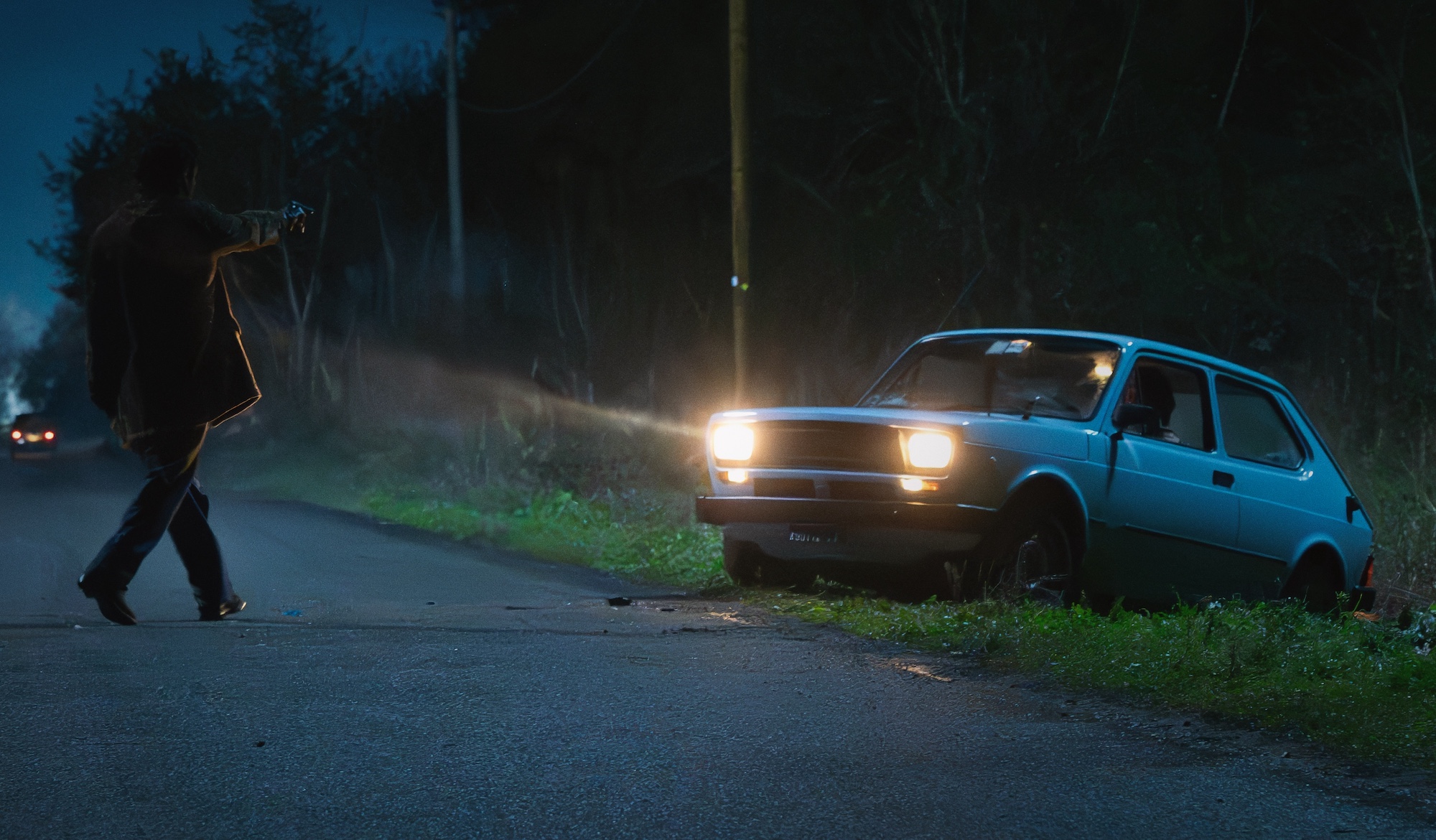 In his hands, the material feels heavy but always handled with care. Sollima is known for exploring the complex dynamics between law and order and the criminal underworld on television but also in films like Suburra and Sicario 2: Soldado. Sitting down to talk about The Monster of Florence at the Venice Film Festival, the director explained his approach to the true crime genre and why he felt the story of Il Mostro needed to be told today.
In his hands, the material feels heavy but always handled with care. Sollima is known for exploring the complex dynamics between law and order and the criminal underworld on television but also in films like Suburra and Sicario 2: Soldado. Sitting down to talk about The Monster of Florence at the Venice Film Festival, the director explained his approach to the true crime genre and why he felt the story of Il Mostro needed to be told today.
PAMELA JAHN: The Monster of Florence explores the terrifying murders that gripped Tuscany from the 1960s to the 1980s. Why did you want to tell this story?
STEFANO SOLLIMA: As a crime case, the story of Il Mostro is very complex, tragic and extremely delicate. It's a mix between a rural world, but also a modern culture in which women are still considered as objects, which is shocking, given how far we have come as a society.
How much do you think Italy has changed since that period?
Honestly, I don't know, because I'd like to consider the story of Il Mostro as something that belongs to the past. But the point is that, unfortunately, even nowadays, women get killed for no reason, which means these patriarchal structures remain strong in our mentality.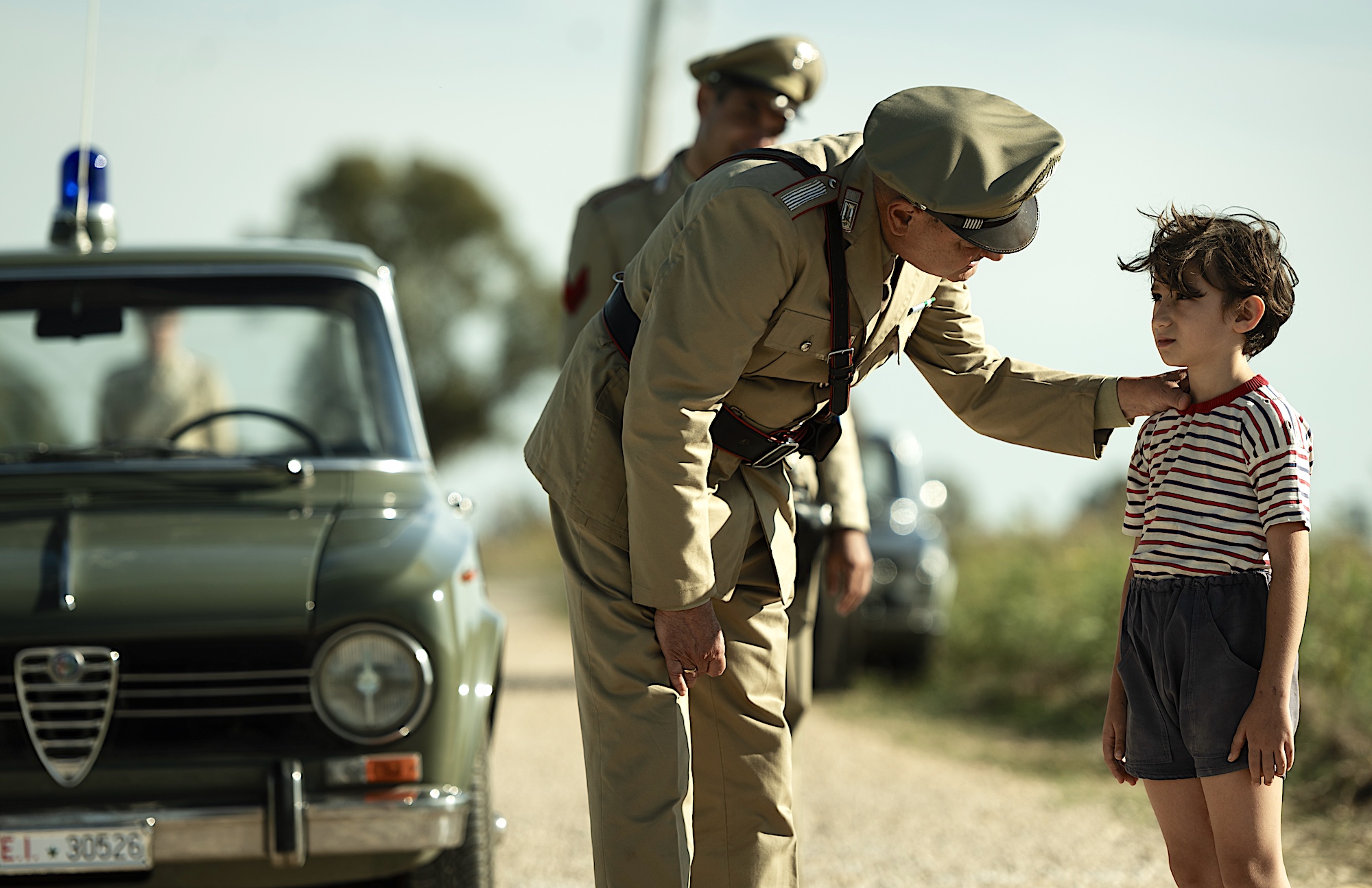 Did you have specific references in mind while creating this show, like David Fincher's Zodiac, for example?
Did you have specific references in mind while creating this show, like David Fincher's Zodiac, for example?
When you tell a story where your characters are real, you cannot get inspiration from anything because you're led by facts, you cannot deviate from what really happened. As a filmmaker, I might think of Zodiac, but Fincher took a different perspective because he has a journalist at the centre of the story who's hunting the monster, whereas here, the hunt is just in the background. Instead, we decided to talk about the suspects who might not be the killer, but they were monstrous in a different kind of way.
How did you create the aesthetics of the killing scenes?
To me, it was the most difficult part of the creative process because to reproduce the acts of killing on screen, we had to study the pictures of what happened at the time, like the photographs taken by coroners just after the murders. But from the very beginning it was clear to us that we had to be respectful to the victims, not prudish. So, we tried to show the least possible and rather let the murders be sensed. There was no need to reveal too many graphic details on screen.
How much did you manipulate or tailor the material to give it those beats of a detective story?
The real story already had the full DNA of a crime thriller, almost too perfect, where you had to be careful, not to take too much the point of view of the investigators. Our intention was always to tell the story from the perspective of the killer, but in a way that the audience would be put in the shoes of the detectives.
Why?
Because every time they arrested someone, there would be another two victims. So, they felt a huge responsibility – if they were to be wrong, someone else was going to die. There's a great level of tension that comes from that simple fact.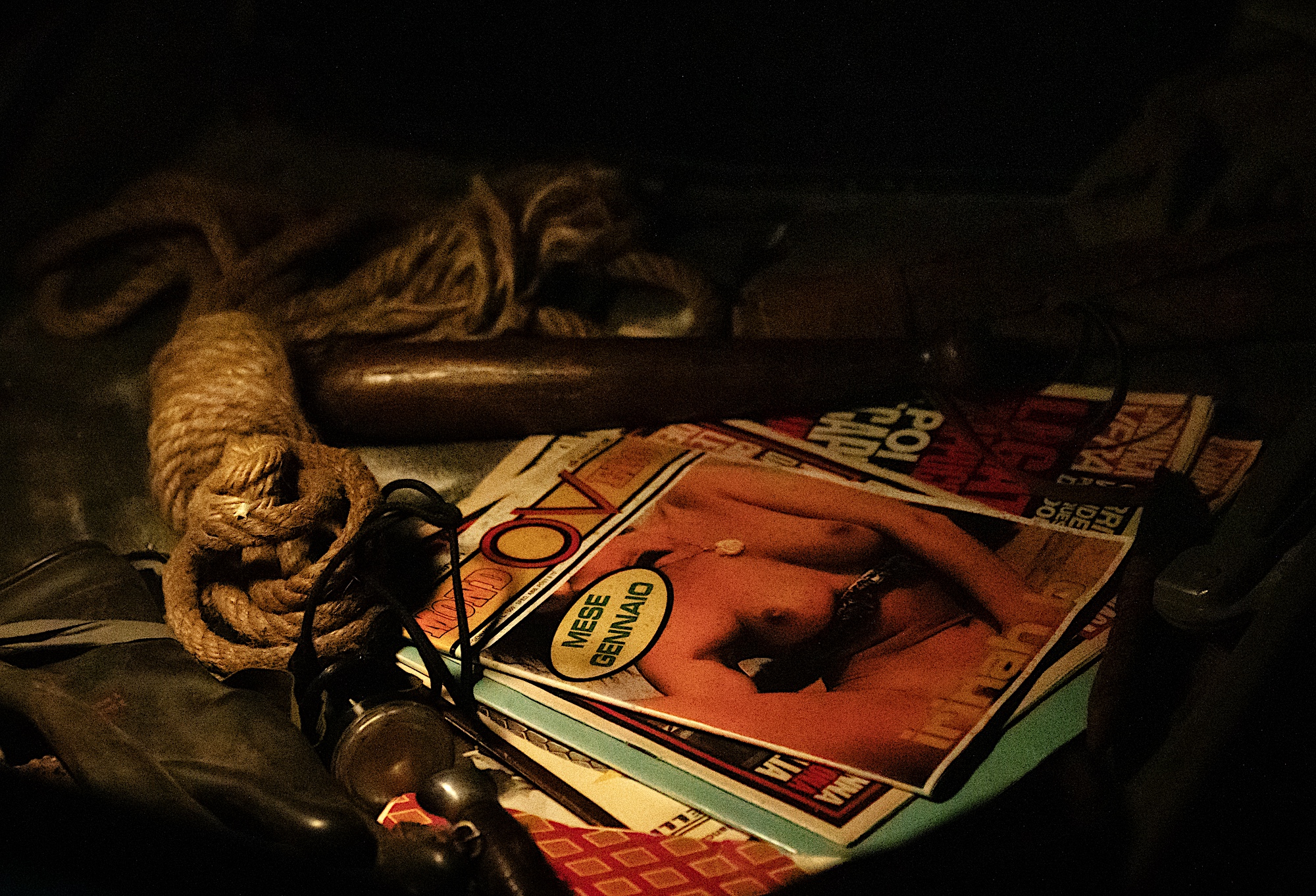 Did you meet any of the real protagonists?
Did you meet any of the real protagonists?
We tried to meet all the survivors. For example, we spoke to the Deputy Attorney, Silvia Della Monica, who received a letter from the killer that contained a piece of the last victim's mutilated remains. And we also talked to Natalino Mele, who was the only witness of a murder by the monster of Florence, but was too young and traumatised at the time.
There's currently so much true crime content out there on Netflix and other streaming services. How do you still produce something that feels original and unique?
This is the madness of creativity. We never asked ourselves this question. We didn't want to talk about Il Mostro as a true crime story, but rather as a social phenomenon. It was unconscious. To some extent, we were not even interested in understanding how the audience would perceive it. It's very similar to how I approached Gomorrah, for example, where I just wanted to depict the crimes and criminals shot in Neapolitan dialect. I didn't really care whether the audience would like it or not.
Do you personally watch true crime stories?
No, not really. True crime, to me, is more of a journalistic term. It's a genre. It's a thriller, a new definition for something, I think, that is actually very old.
What is the most important aspect for you during the writing process?
To have questions that move the story forward. This is also the reason why we didn't want to follow any assumptions that were made about the case. We didn't want to take a stance. We decided to talk about all the different facts and theories that emerged without giving any answers so that the audience could decide for themselves (pictured below, Valentino Mannias and Francesca Olia).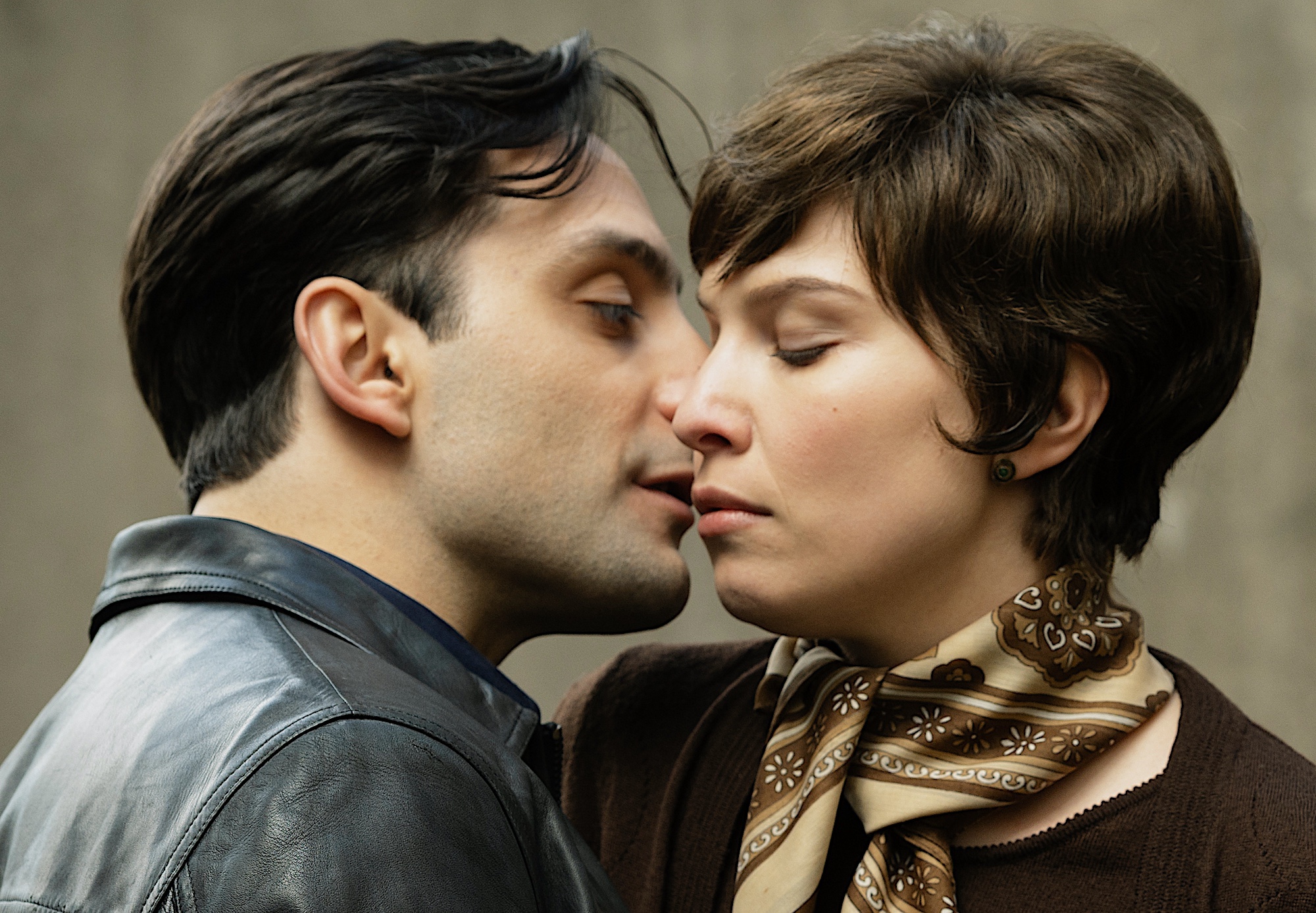 What is the audience's responsibility in such cases of civil care?
What is the audience's responsibility in such cases of civil care?
There is a social responsibility, no doubt. At the beginning, the investigators didn't think about a serial killer. Maybe one of the reasons why the case remains unsolved is that, for a long time, they never thought that the murders were carried out by the same deviant person. They mostly thought about jealousy, because if there is a woman making love in the woods, and then she is killed, you immediately think of her husband as the perpetrator. And for the two first murders, the investigators also thought along those lines. Not least because in Italy, there was the so-called murder of honour, meaning that if a woman was killed by her husband because she had betrayed him, there would be no sentence, no conviction for him. That law was in place until the 1980s.
You never shy away from tough, traumatic and violent stories. Has anyone ever tried to hold you back from following your instincts as a filmmaker?
It depends on the story. I've gained a certain credibility with time. There are stories that are more difficult to tell than others. For example, talking about revolutionary movements in Italy in the 1970s is tricky, because there is more resistance from the people to hear about those stories. And then other topics like this one are more delicate because, as a filmmaker, you want to be honest, respectful and correct. Somebody might get offended. You don't want to cause pain to people who have already suffered a lot. Still, I believe, it would also be wrong not to talk about it. It's important to make people aware of what happened.
- The Monster of Florence is streaming on Netflix
- More TV reviews on theartsdesk

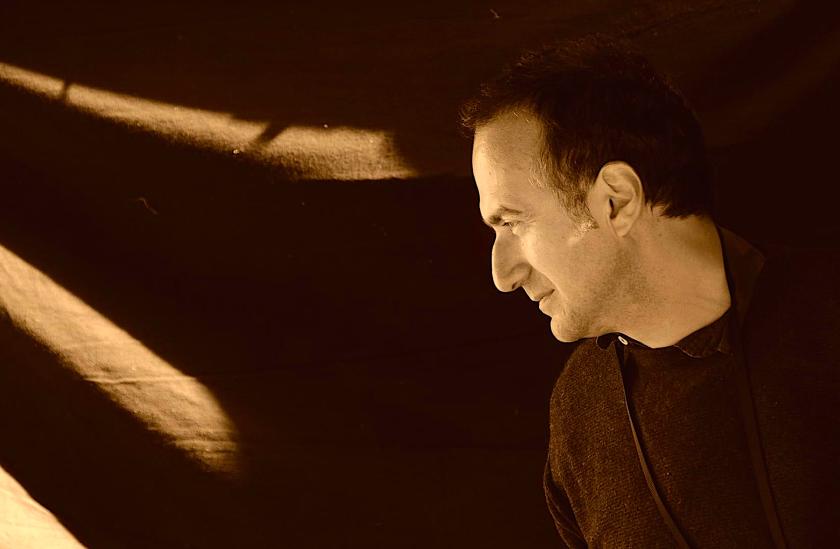




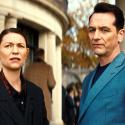








Add comment